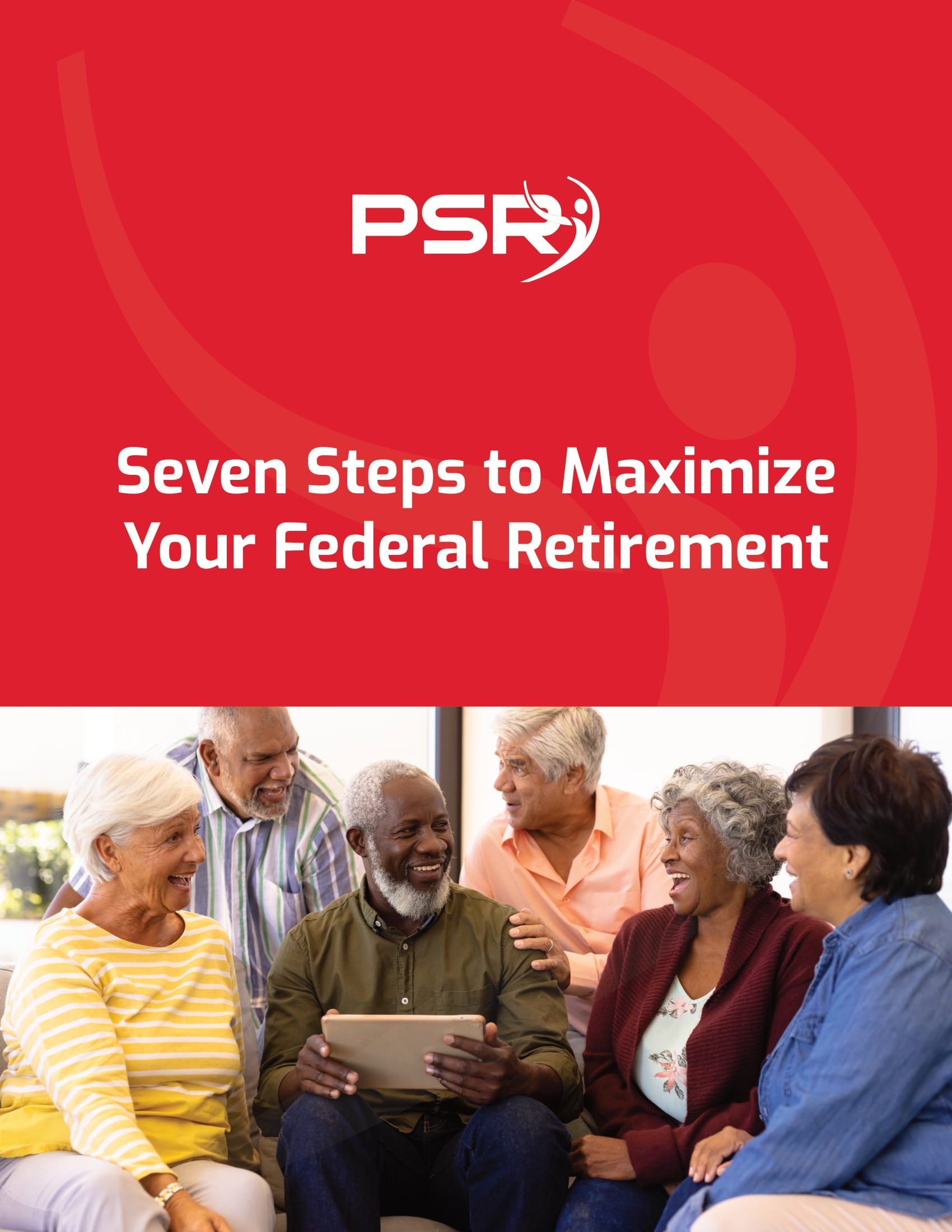Key Takeaways:
-
Know Your Income Sources: Social Security is only one part of a retirement plan. Federal workers should also look to other sources, like TSP and federal pensions, to create a secure retirement income.
-
Maximize Benefits: Timing Social Security claims and coordinating with federal benefits can make a big difference in how much you receive over time.
Is Social Security Enough for Your Retirement?
- Also Read: Are You Eligible for the Federal Employee Retirement System (FERS)? Find Out Here
- Also Read: Why TSP Withdrawal Options Might Be More Flexible Than You Think for Federal Retirees
- Also Read: The Top Federal Employee Benefits You Should Be Tapping Into Right Now
This article will break down what federal workers should know about Social Security, how it fits into your broader retirement plan, and why it might not be enough on its own.
Understanding Social Security: What Federal Workers Need to Know
Federal workers have retirement income sources that are a bit different from those in the private sector. Most federal employees are covered by the Federal Employees Retirement System (FERS), which includes:
- A federal pension that guarantees monthly payments based on years of service.
- Thrift Savings Plan (TSP), a retirement savings plan with government contributions.
- Social Security, which can help supplement income, starting as early as age 62.
These components together aim to provide financial stability in retirement, but for many people, Social Security alone may not be enough to cover expenses. Understanding each piece and how they work together can help you plan better.
How Much Can You Expect from Social Security?
The Social Security Administration calculates your benefits based on your earnings history, with adjustments for the 35 highest-earning years. For FERS employees, Social Security typically makes up a significant but not complete portion of retirement income.
To give a general idea, if you’ve earned an average federal salary, Social Security might replace around 30-40% of your pre-retirement income. For higher earners, that percentage is even lower, as Social Security benefits cap out at a certain level.
While Social Security offers a helpful base, it likely won’t cover your entire cost of living unless you supplement it with your FERS pension and TSP savings.
Timing Matters: When Should You Claim Social Security?
Social Security benefits can be claimed as early as age 62, but waiting longer has its advantages. Here’s how timing affects your monthly benefit:
-
Early Claiming (Age 62): Claiming benefits at age 62 gives you access to funds sooner, but it comes with a reduction in monthly benefits—up to 30% less than what you’d receive if you waited until full retirement age (FRA).
-
Full Retirement Age (FRA): Your FRA depends on your birth year but is generally around 66 or 67. At this age, you receive your full benefit amount with no reductions.
-
Delayed Retirement Credits (After FRA): Waiting until after your FRA, up until age 70, increases your benefit by 8% each year you delay. This can add up, especially if you expect to live longer or want more financial security later in life.
Your decision on when to claim Social Security depends on various factors, including your health, financial needs, and expected lifespan. For many federal workers, it can be beneficial to delay taking Social Security and use other retirement income sources first.
Maximizing Your FERS Pension and TSP
Your FERS pension and TSP can act as important complements to Social Security, filling income gaps and allowing you to delay Social Security if that’s part of your plan. Here’s a look at how these components work with Social Security.
1. FERS Pension
The FERS pension offers a predictable monthly income based on your highest three years of earnings and years of service. For federal employees with long careers, this pension can be substantial, often replacing a good portion of your income.
If you retire under the Minimum Retirement Age (MRA) +10 provision, you’ll face a reduced pension if you leave service early, but those with 20 or more years of service at age 60, or 30 years of service at MRA, can claim their pension at its full value. The FERS pension can offer a stable income stream, helping you hold off on Social Security if you’re aiming for a higher benefit.
2. Thrift Savings Plan (TSP)
The TSP functions much like a 401(k) and allows federal employees to save for retirement with government contributions matching up to 5% of your salary. To make the most of TSP, aim to maximize contributions throughout your career.
Many federal employees choose to draw from TSP funds first in retirement, allowing them to delay Social Security. You can structure withdrawals to cover your expenses until age 70, maximizing your Social Security payout in the long term. This strategic approach helps ensure that Social Security becomes a reliable income stream as you age.
Is Your Total Income Enough? Estimating Future Expenses
While Social Security, your pension, and TSP combined can form a solid foundation, they may still fall short of your income needs, especially with rising costs in areas like healthcare. Estimating your future expenses is key.
Federal employees often coordinate Medicare with their FERS or Postal Service Health Benefits (PSHB) program, ensuring that healthcare needs are covered in retirement. However, out-of-pocket costs can still add up, particularly for expenses Medicare doesn’t cover. If you expect higher costs in healthcare or housing, it’s wise to budget for them well before retiring.
To gauge whether you’ll have enough, add up your expected income from Social Security, FERS, and TSP, and compare it with your estimated living costs. If there’s a gap, consider delaying Social Security, working part-time, or even adjusting your lifestyle to stretch your income further.
Navigating Retirement with Social Security and Federal Benefits
Successfully navigating retirement means coordinating Social Security with your federal benefits. For many federal workers, retirement income sources complement each other well, but planning is essential. Here are some ways to bridge any remaining income gaps:
-
Create a Withdrawal Strategy: Decide whether to use TSP or pension funds first, potentially delaying Social Security until you’re eligible for the maximum benefit.
-
Explore Part-Time Work: If you’re not quite ready to retire, part-time work can supplement income without drastically affecting Social Security benefits.
-
Adjust Lifestyle and Spending: If your retirement income doesn’t fully cover your desired lifestyle, look at adjusting spending, particularly for non-essential expenses.
-
Consider Spousal Benefits: If you have a spouse, you may qualify for spousal Social Security benefits, which could offer extra income and allow you to delay your own benefit.
Planning Today for Tomorrow’s Retirement Security
Social Security alone likely won’t be enough to sustain most federal employees through retirement. But by coordinating Social Security with FERS pensions, TSP, and strategic planning, you can increase your retirement security and enjoy a more comfortable lifestyle.
The key is to think ahead and plan carefully. Consider delaying Social Security, maximizing your TSP contributions, and using all resources available to federal employees. With the right plan, you can enjoy a secure and fulfilling retirement.









